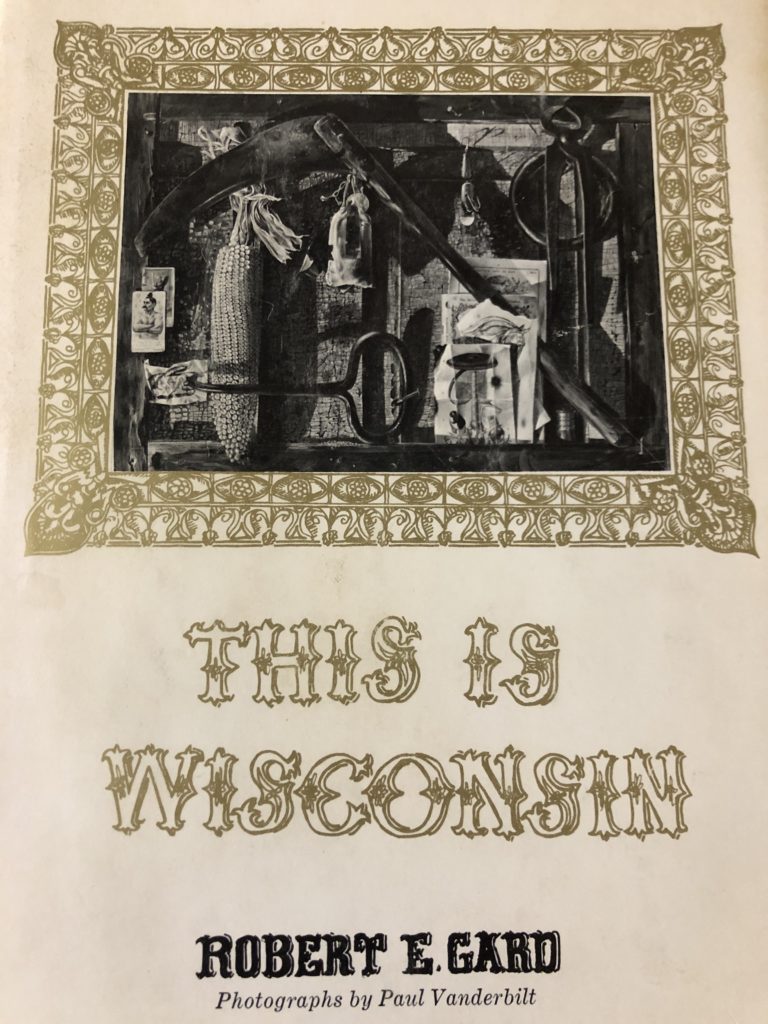For the last twenty years, I’ve been on an ongoing exploration of the landscapes, vegetation, and wild plants of our state. Over my lifetime, just a blip in ecological time, I’ve observed the changes happening slowly but steadily: the loss of prairie plants from the roadsides, as mowing and herbicide took their toll, the ensuing onslaught of wild parsnip along highway 14 from Middleton to Black Earth in western Dane County, the steady invasion and thickening of the red cedars on the prairie bluffs, til the rich dry prairie vegetation was nearly blotted out. The little pieces of prairie we have left would be gone, but for the efforts of volunteers, conservationists like The Prairie Enthusiasts.
These changes seem imperceptible to us, over the course of a human lifespan. But the trajectory and cumulative effect is indelible. Taking a look back makes it clear, both that change is continuous and also that the loss of species, the thinning out of biodiversity is progressing here, as in many places in the world. In 1969, Robert Gard wrote of this same area:

“ I recall the many summertime trips I have made along Highway 14 and the back roads adjacent; the way the hills looked then: the different shadings of the grasses; the prairie vegetation that still exists on the slopes and along the highways, or along the railroad right-of-way. In summer there are masses of wildflowers, switch grass, and prairie Indian grass, big and little blue stems mixed with the invading cedars. The birds have planted many cedars on the hills . . . Not so many years ago the hills were almost bare. . . . The hills in southwestern Wisconsin are in a period of change.”
Describing these prairie hills he wrote:
“In the early spring wild flowers begin to cover the partially balded hills. A succession of flowers will appear in a definite order, until fall. First come the pasqueflowers in March, followed by buttercups, purple aven, birdfoot violets, catspaw, sheep sorrel, and puccoon. The yellow flower of early spring is the buttercup, and the waxy petals are like small, hot suns in the prairie grass; when the birdfoot violets come the south faces of the hills are a mass of pale orchid, for the birdfoot violet is never the deep violet of the woodland flower. Mounds of puccoon appear, vivid yellow, along with the yellow wild indigo that in winter turns to leaves gray and stiff, with pods and rattling seeds inside.”
Gard, Robert. 1969. This Is Wisconsin. Spring Green: Wisconsin House

